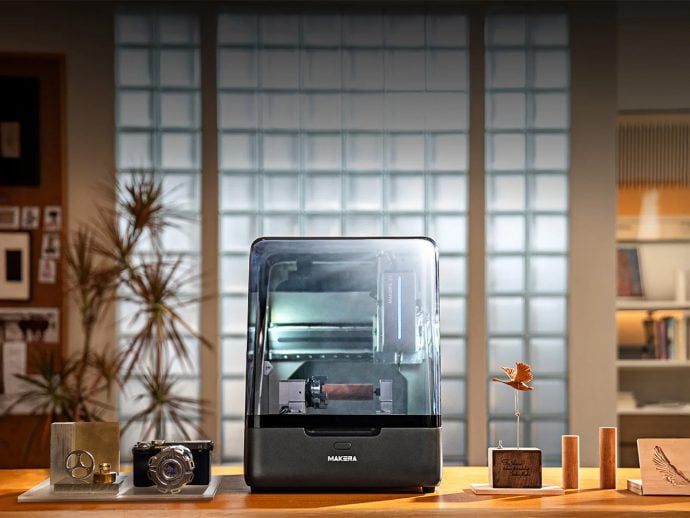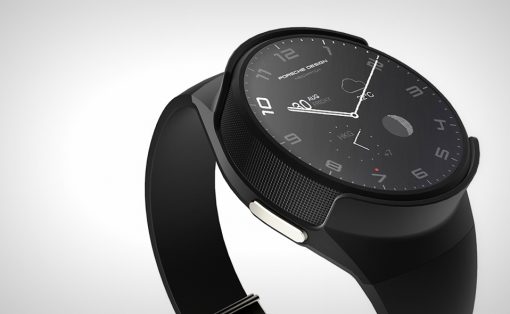
I have a confession to make: I do not know how to ride a bike and I don’t think I ever will. The few times I have attempted to do so did not end well for my knees and for the bike and so the klutzy and accident-prone me will not even try to learn anymore. But while I have no interest in riding one, I do know the challenges that bikers and motorbikers face when it comes to navigating, communicating, keeping safe, not to mention all the socio-economic issues that come with having a two-wheeled ride. I also understand that helmets are their best friends. This concept for a smart helmet may very well be the most technologically advanced best friend they can ever have.
Designers: Jennifer Zhang and 陈 庆


The DIDI BIKE Smart Helmet was conceptualized due to the “One Helmet, One Seatbelt” policy that is being implemented in China. While safety while riding a bike is of utmost importance, there are also times when you would need to use gadgets like your smartphones for navigation, communication, and other important things. There’s the option to pull over of course to use your device but what if there was a smart helmet like this one?

The concept design for the smart helmet includes front-and-rear cameras that can be both dashcams and smart screens as well. Not only is it able to give you more visual information about your surroundings and the other vehicles on the road with you, but you can also get traffic and navigation information without being distracted by your smartphone. They can be controlled through voice commands and also works with image recognition and AI technology.


Users will be able to adjust the tint of the visor either through voice command or depending on the ambient light available. The backside meanwhile has an LED light strip that gives color-coded information like whether they’re in motion, braking, or turning. The helmet is also designed to give an SOS signal and call emergency services in case there’s an accident. The strap also has bone-conduction earphones for listening to music or podcasts or taking calls while the AR display on the left eye gives important information like navigation, device information, etc.

That’s actually a lot of information and functionality for a helmet concept-wise. In fact, it might be too much for a device whose primary function is to keep the user safe while driving. Design-wise it also looks pretty heavy and looks more like what a futuristic soldier would wear rather than a normal, everyday biker. But in terms of function, it should be pretty useful for those who need to do other things while riding a bike or motorcycle.








